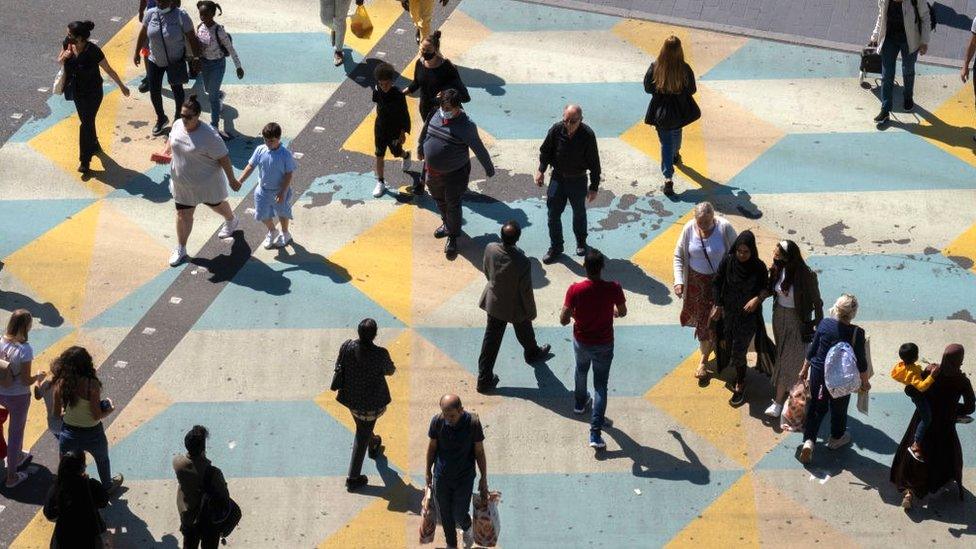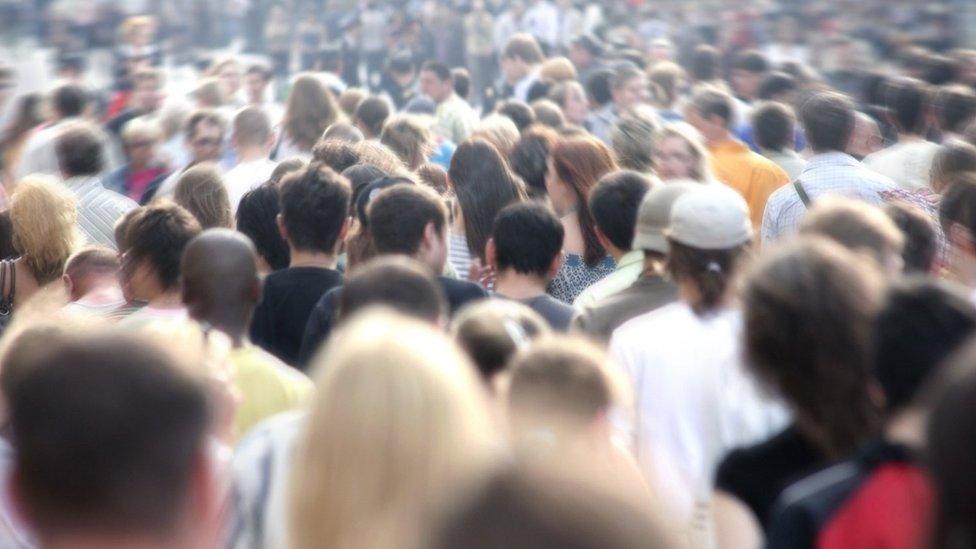Ethnic segregation in England and Wales at all-time low - study
- Published

Newham in east London was the most diverse area of England and Wales
England and Wales are less ethnically segregated than they have ever been, according to a new study.
Researchers looked at thousands of neighbourhoods across the two nations, alongside data from the 2021 census.
They found that more people from different ethnic backgrounds are now living close to each other or next door to each other than ever recorded.
Study author Dr Gemma Catney told BBC News the data suggests people are generally becoming more tolerant.
Dr Catney, from Queen's University Belfast, led a team of international researchers to analyse the data.
Their findings have been published today in the Royal Geographical Society's Geographical Journal.
Dr Catney said the data contradicts many debates around race and ethnicity, which focus on "division and difference".
"What we're seeing is increasing levels of people living together or next door to each other, and that indicates a level of tolerance - something that's happened really naturally over time without major government interventions on integration," she added.
Researchers used figures from the Office of National Statistics to measure both ethnic diversity - that is, how many different ethnic groups are represented in an area - and residential segregation, which is how likely people from those groups are to live near or with each other.
They found that diversity has increased, and segregation has decreased, both in cities and in smaller towns and villages.
The most diverse district was Newham in east London, while Slough in Berkshire was the most diverse place outside London.
One measure researchers used is the Reciprocal Diversity Index (RDI), which looks at how diverse an area is on a scale from zero to 100.
If a neighbourhood has an RDI score of 30 or higher, it's considered to be very ethnically diverse.
The 2021 data shows that 2,201 neighbourhoods - 6.2% of the total - in England and Wales, have a high diversity score. This is significantly more than in 2001, when only 342 areas - 1% - were very diverse.
Ethnicity figures collected in the 2021 census were published last November.
About 41% of people in Leicester described themselves as white - the lowest of any city in the UK.
The survey, carried out on March 21, 2021, was filled out by more than 24 million households across England and Wales.
- Published29 November 2022

- Published29 November 2022

- Published6 January 2023
